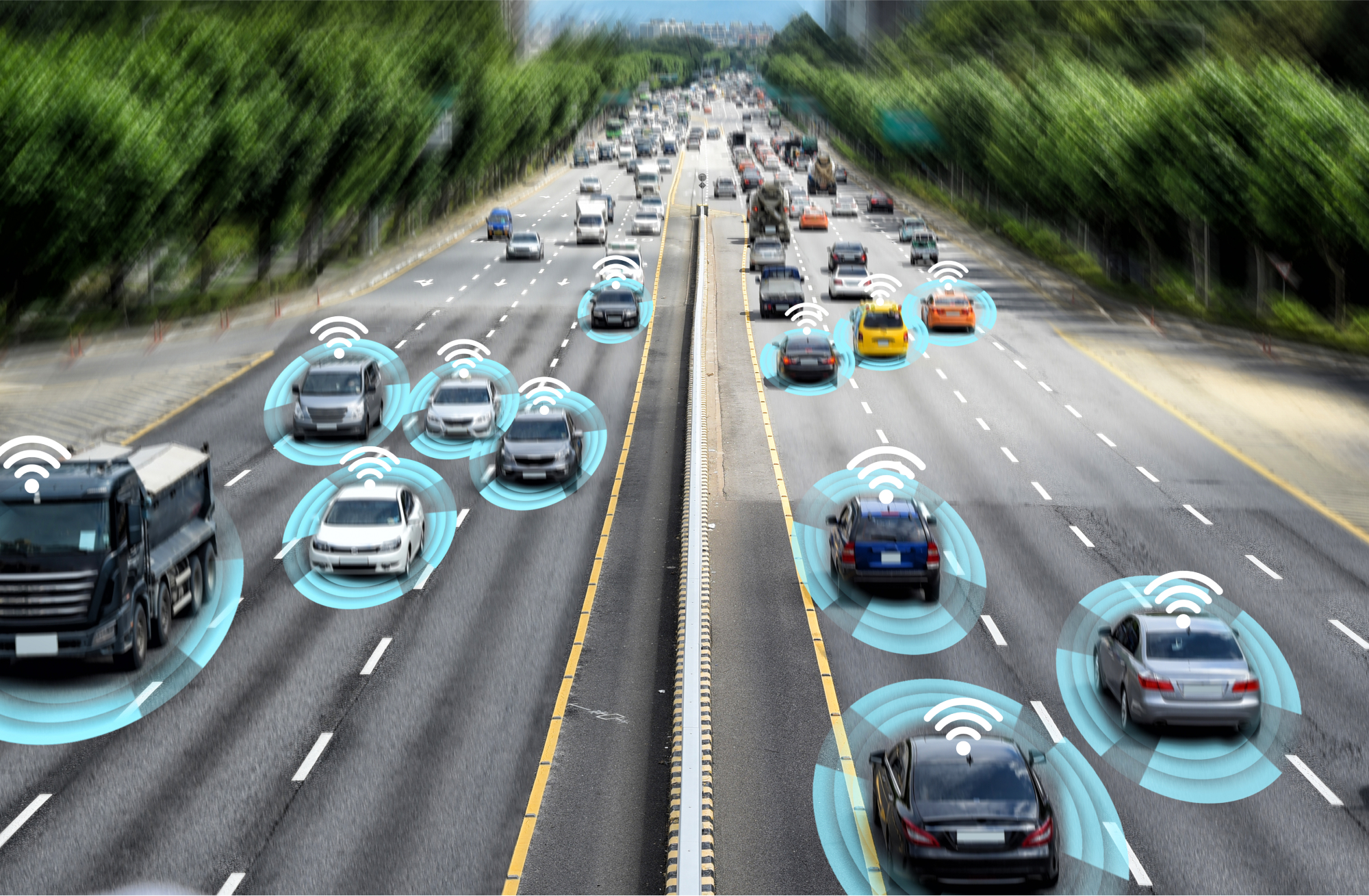
The Report
Introduction
Methods and applications of AI are pushing regulatory and social boundaries in every corner of the globe. To address these issues, the governance of AI can take two forms. There is hard law, represented by the creation or amendment of regulations. Generally, these processes can entail significant time delays and resources, which limits their responsiveness to emerging issues. On the other hand, there is soft law, which exists in the form of programs that set substantive expectations, but are not directly enforceable by government. Governance of this type can exist without jurisdictions and be developed, amended, and adopted by any entity. Throughout time, soft law has been treated as a preferred approach or delegated as a temporary alternative until hard law is promulgated. Regardless of its use, soft law’s flexibility has made it the dominant form of AI governance.
This research project focuses on soft law for AI. Specifically, it compiles one of the most wide-ranging publicly-available databases on these programs (the database can be accessed through this link). It includes efforts from around the world, created by stakeholders of many varieties (e.g. private sector, non-profits, and government), and of different types (e.g. principles, standards, ethical codes, strategies, among others). This information is used to pinpoint global trends in how this technology is managed, where these programs originate, and whether they include enforcement mechanisms.
This document is divided into two sections. The first section concentrates on methodology. Here, readers will find our eligibility criteria for AI soft law programs, the process to identify and classify them, and a description of this project’s limitations. The second section compiles our results. It contains a description of the most interesting findings divided into seven sub-sections that discuss everything from a program’s organizational characteristics (e.g. year published or geographic jurisdiction) to a dissection of the issues discussed within its text.
Individuals and organizations interested in the governance of AI will benefit from the publication of this work in several ways. Those wanting to create AI soft law programs can examine how organizations have tackled issues of interest and learn from different approaches compiled in this project. Through this document and its database, researchers will enjoy access to a large sample of programs from which they can infer trends in the governance of this technology. Finally, this project can serve as an inspiration to regulators in the development or amendment of soft and hard law aimed at AI’s methods and applications.
